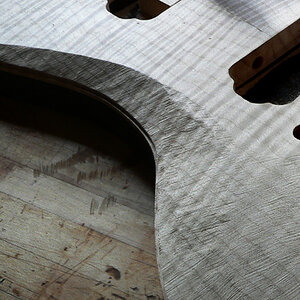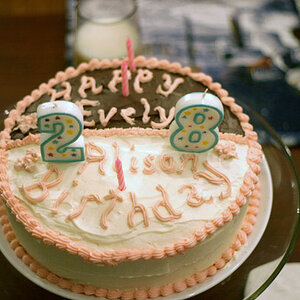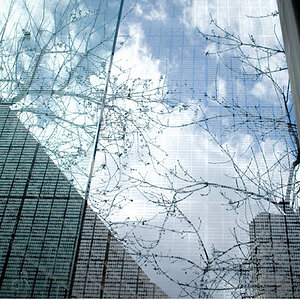- Joined
- Apr 9, 2009
- Messages
- 41,401
- Reaction score
- 5,706
- Location
- Iowa
- Website
- kharrodphotography.blogspot.com
- Can others edit my Photos
- Photos OK to edit
I didn't see it mentioned that when wanting to compare the GN number of different hot shoe flash units we need to look closely at the numbers the flash unit maker uses to state the GN output of their device. As pointed out, we also have to consider the flash unit maker too if we are considering GN numbers for 3rd party units.
For instance Nikon's gives two GN numbers for their SB-900 flash unit. One for ISO 100 and the other for ISO 200 - 34/111.5 (ISO 100, m/ft), 48/157.5 (ISO 200, m/ft) - and the additional information of zoom focal length, frame size, and unit temperature - at 35 mm zoom position, in FX-format, standard illumination pattern, 20°C/68°F.
If you're outside on a summer day and the unit is at 90°F your flash in unit will not deliver 34/111.5 (ISO 100, m/ft), 48/157.5 (ISO 200, m/ft).
The bottom line is that as a hot shoe flash unit is zoomed, the power level is changed, the air temperature changes, or the camera ISO is changed, the GN number also changes.
Put another way, because of the nature of light there is no way a single unchanging number can be used to tell us in advance how much light a hot shoe flash unit will produce for any given set of settings.
Note that the good hand held electronic light meters report the intensity of light from a flash unit (hot shoe or studio monolight) in 1/10th stop increments.
Using a hand held flash meter is the best way to measure how much light from a hot shoe flash unit is falling on your subject.
For instance Nikon's gives two GN numbers for their SB-900 flash unit. One for ISO 100 and the other for ISO 200 - 34/111.5 (ISO 100, m/ft), 48/157.5 (ISO 200, m/ft) - and the additional information of zoom focal length, frame size, and unit temperature - at 35 mm zoom position, in FX-format, standard illumination pattern, 20°C/68°F.
If you're outside on a summer day and the unit is at 90°F your flash in unit will not deliver 34/111.5 (ISO 100, m/ft), 48/157.5 (ISO 200, m/ft).
The bottom line is that as a hot shoe flash unit is zoomed, the power level is changed, the air temperature changes, or the camera ISO is changed, the GN number also changes.
Put another way, because of the nature of light there is no way a single unchanging number can be used to tell us in advance how much light a hot shoe flash unit will produce for any given set of settings.
Note that the good hand held electronic light meters report the intensity of light from a flash unit (hot shoe or studio monolight) in 1/10th stop increments.
Using a hand held flash meter is the best way to measure how much light from a hot shoe flash unit is falling on your subject.




![[No title]](/data/xfmg/thumbnail/32/32926-ec27ecead8c80d803404500d8f888dbf.jpg?1619735754)
![[No title]](/data/xfmg/thumbnail/31/31013-b871f1d295c83b831c1423028e1ce5dc.jpg?1619734568)





![[No title]](/data/xfmg/thumbnail/33/33421-38d09827e584b8381c5e3a468cdf0159.jpg?1619735961)

